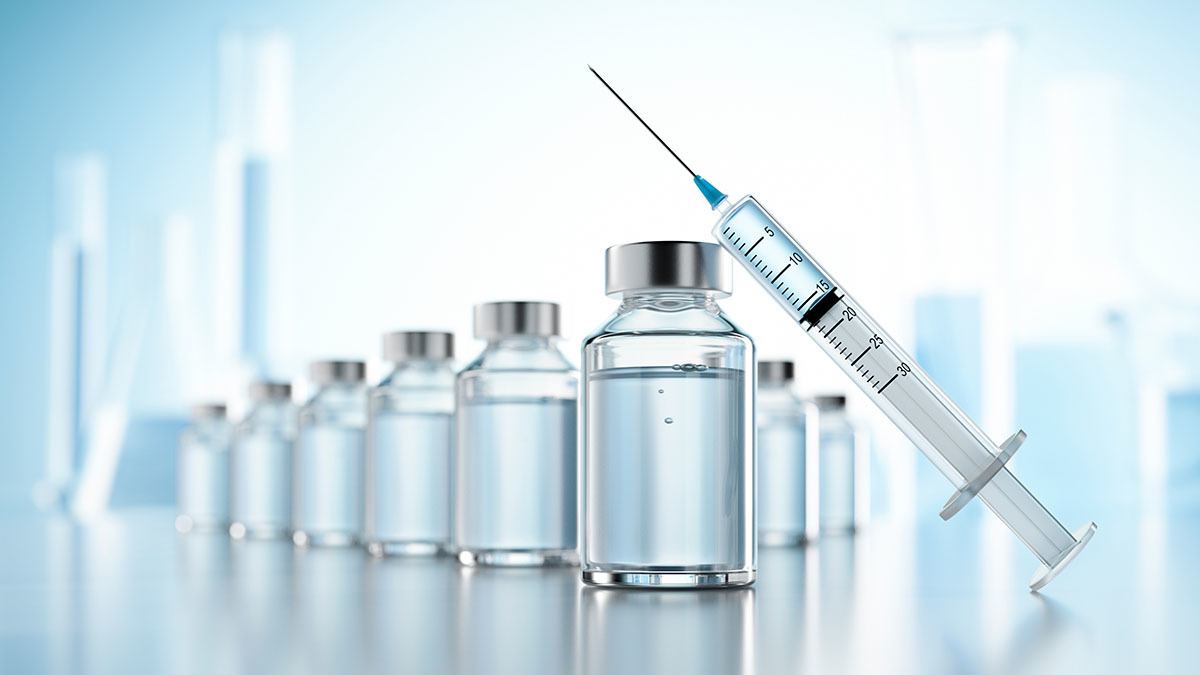USP LC MS Extractables Profiling Testing
The USP LC MS (Liquid Chromatography Mass Spectrometry) Extractables Profiling Test is a critical analytical procedure used in the pharmaceutical industry to identify and quantify extractable substances from packaging materials, devices, or containers that come into contact with drug products. This test ensures that there are no harmful chemicals leaching into the medication during production, storage, transportation, or use.
The primary aim of this testing is to comply with regulatory standards set by the United States Pharmacopeia (USP), which governs the quality and safety of pharmaceutical products. Extractables can include a wide range of compounds such as plasticizers, antioxidants, pigments, and other additives used in packaging materials. These substances could potentially affect drug stability or patient health if not properly controlled.
The testing process involves several steps: sample preparation, extraction using appropriate solvents under controlled conditions, analysis via LC MS equipment, and finally, interpretation of results against predefined thresholds outlined by USP guidelines. By conducting this test early in the product development cycle, manufacturers can identify potential issues before they become significant problems.
The significance of extractables profiling cannot be overstated given today’s stringent regulatory requirements. Compliance with these standards is essential for maintaining brand reputation, ensuring patient safety, and avoiding costly recalls or withdrawals from marketplaces worldwide.
Scope and Methodology
| Aspect | Description |
|---|---|
| Sample Preparation | The process begins by selecting representative samples of the packaging material or device suspected of containing extractable compounds. These samples are then cleaned and conditioned according to established protocols. |
| Extraction Solvent Selection | A suitable solvent must be chosen based on its ability to effectively dissolve target compounds without causing degradation. Common solvents include methanol, acetonitrile, or tetrahydrofuran. |
| Chromatographic Separation | An LC column is used to separate the extracted components according to their retention times. This separation allows for accurate identification and quantification of each component. |
| Mass Spectral Analysis | The separated compounds are then introduced into a mass spectrometer where they produce characteristic ions that allow precise identification and quantification. |
| Data Interpretation | The resulting data is compared against USP specifications to determine compliance. Any deviations may indicate potential risks requiring further investigation or mitigation actions. |
Industry Applications
- Packaging material evaluation for new drug products
- Device compatibility assessment during R&D phases
- Compliance verification for existing formulations
- Evaluation of alternative materials or suppliers
- Post-market surveillance to detect emerging issues
Why Choose This Test
Conducting USP LC MS Extractables Profiling Testing offers numerous advantages that make it indispensable for pharmaceutical manufacturers:
- Regulatory Compliance: Ensures adherence to stringent USP standards, reducing the risk of non-compliance penalties.
- Patient Safety: Protects patients from exposure to harmful chemicals that could contaminate medications.
- Risk Mitigation: Identifies potential risks early in the product lifecycle, allowing for timely corrective actions.
- Brand Reputation: Builds trust with consumers and stakeholders by demonstrating a commitment to quality and safety.
- Cost Efficiency: Prevents costly recalls and withdrawals through proactive identification of issues.
- Innovation Support: Facilitates the use of safer materials in new product designs, fostering innovation.





